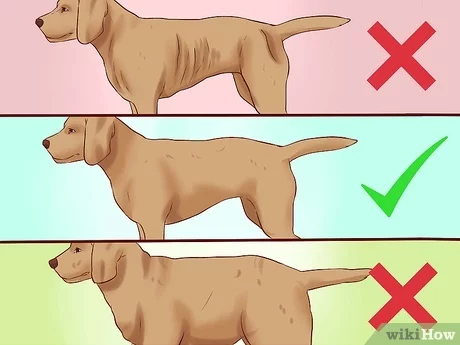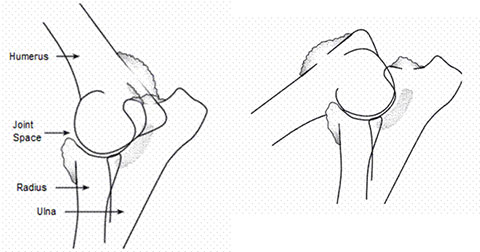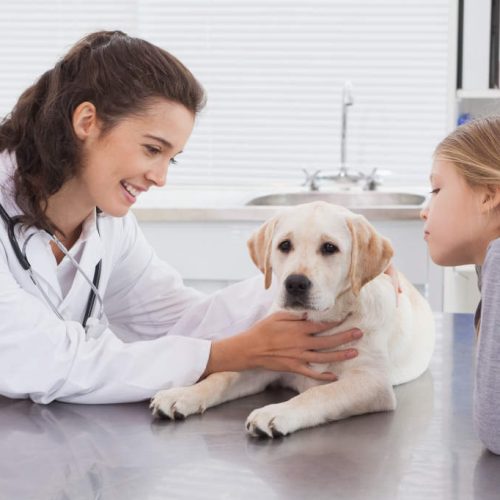
Your puppy has been raised on Royal Canin Maxi Babydog. This is an excellent quality food If you want to or need to switch to another food, make sure to do so gradually by mixing some of both foods for 4-6 days. And look for another food that meets criteria similar to this.
A puppy should be fed 3 times a day for the first 4 months if possible; after that, you can switch to 2 meals per day. Dogs should have 2 meals a day the rest of their lives, do not ever switch to 1 meal per day … it’s too much volume all at one time, risks bloat, and (like us), they get hungry!
An 8-week old puppy normally eats between 2 1/2 to 3 cups of food per day, which should be divided into 3 daily meals. As he gets into the rapid growth stage of 3-8 months, you will need to progressively increase the amount of food. An 8-10 month youngster normally requires substantially more food than a mature adult dog.

Diarrhea?
The stress of going to a new home, and a change in water, frequently causes some diarrhea for a new puppy. Overeating, changing food or increasing the amount of food too fast, are also common causes of diarrhea. Or eating something not intended to be “food”, as Labradors are inclined to do!
If diarrhea continues more than a day or two, you should consult your veterinarian; or, if the puppy acts sickly, get to the vet immediately. A puppy with diarrhea can dehydrate very quickly, potentially becoming a life-threatening condition. If you need to immediately treat diarrhea yourself, it’s best to skip 1 or 2 meals to allow the digestive system to settle down. Then, start feeding a bland food; you can get cans of food from your vet.
It also is a good idea to give some type of probiotics for digestive problems (or if the dog has been on antibiotics); plain yogurt will provide probiotics, or you can buy probiotics in powder or gel form from most vets. Once the stool has improved, gradually add some regular puppy food, weaning him back over a couple days.
If the diarrhea continues, or has any mucous or blood in it, make sure your vet does a fecal test to check for worms, or parasites .They would have to be treated with specific medications.

WHAT IS “PROPER WEIGHT”?
YOU will have to judge your dog’s weight throughout his lifetime … when to increase or decrease the amount of food to keep him in proper weight. Even changes in temperatures and exercise can alter caloric needs. As everyone knows, a lean dog is healthier than an overweight dog, and puts less stress on his joints.
Research shows that excessively rapid growth and excess weight are very hard on bones and joints. But, on the other hand, if you don’t give your puppy enough nutrition during this growth spurt toward adulthood, you may forever stunt his development of bone and substance, and put him at a health risk. SKINNY is not healthy.
Most pet owners rely on their vet for advice. Working or hunting Labradors are lankier and this is due to their highly active lifestyle. Labs from show bloodlines simply are stockier, with more substance, and have more coat. Thus, I advise you to feel your dog’s ribs on a regular basis and judge for yourself. If you can feel the ribs with a little bit of pressure, he is fine; if you can’t feel the ribs, he has too thick a layer of fat and you should cut back a bit on the food (or treats????). You should NEVER be able to see the ribs!
It is wise to get your puppy used to eating at designated mealtimes rather than leaving food available all the time. Give him about 15 minutes to eat in the same, quiet spot, then pick up the bowl. Avoid times when he is too sleepy or too distracted to eat.
Lastly, ALWAYS have fresh water available for your dog.





